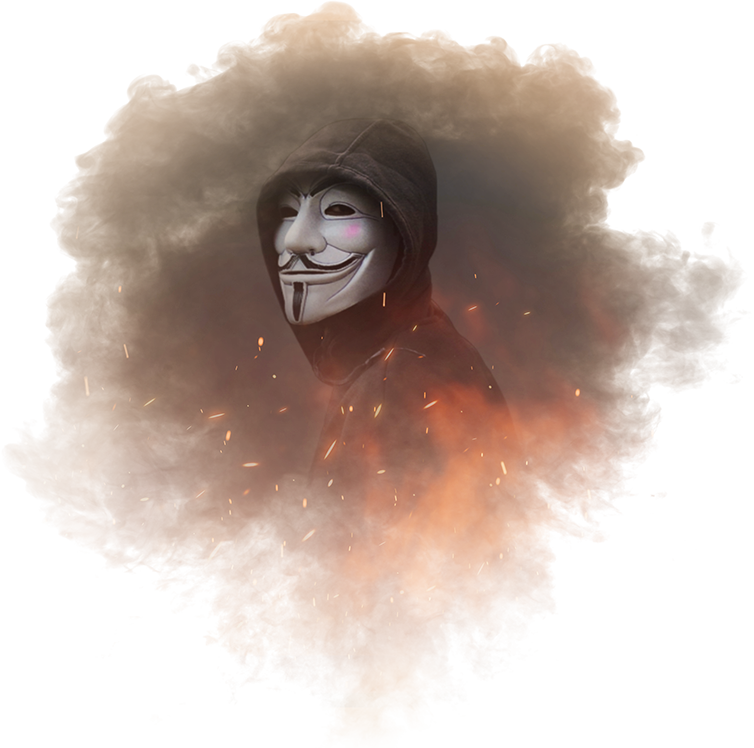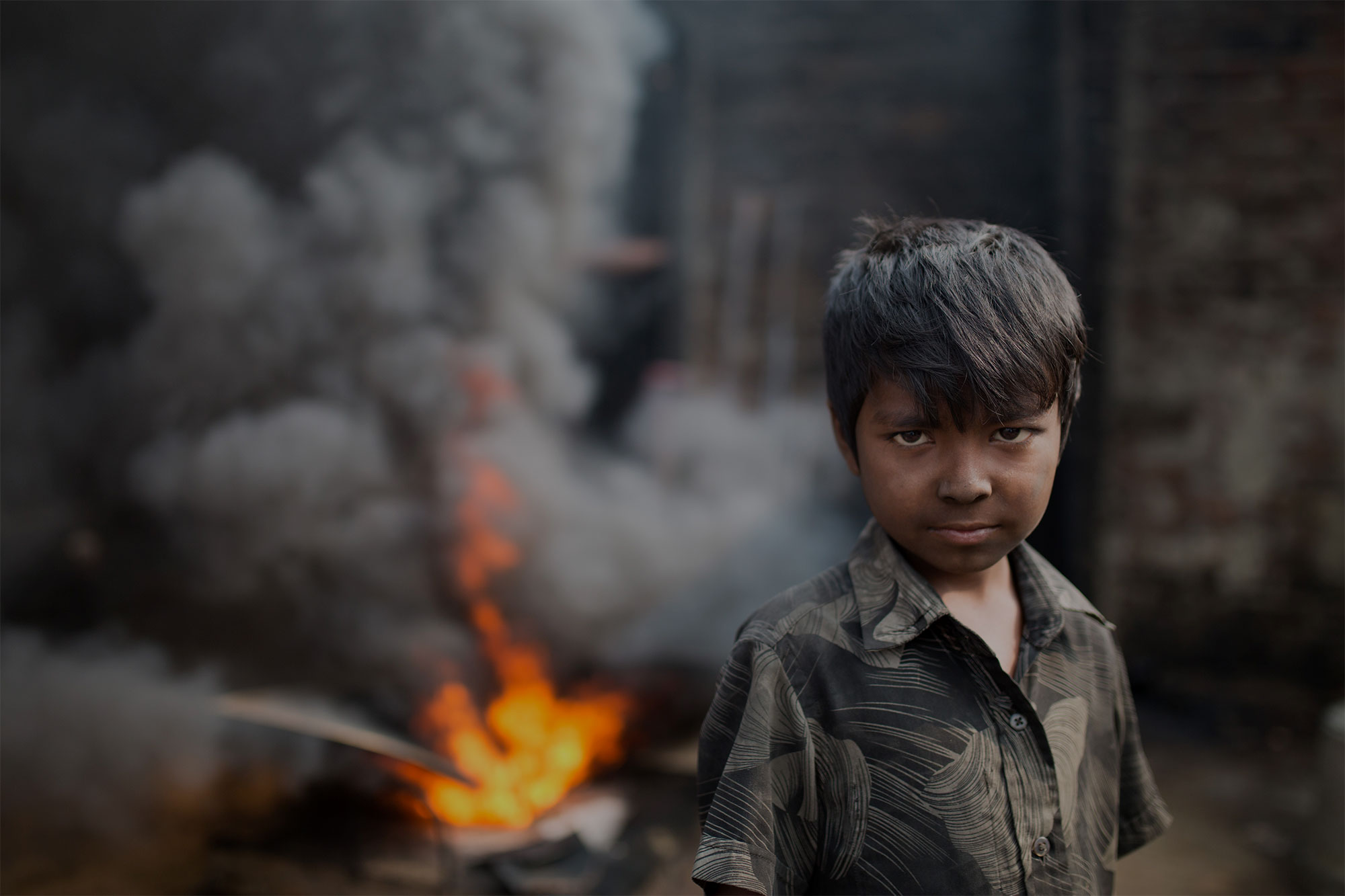
Human Trafficking
Lost and Invisible Children
Today, 600 million children and minors cannot prove who they are.
Undocumented children are easy prey for human traffickers. Without a personal ID, they are invisible. And because they can’t be counted or accounted for, human traffickers are more likely to get away with exploiting them, transporting them across borders, and profiting from their suffering.
Traffickers target vulnerable groups such as migrants and children and strip them of any identification. These victims are then smuggled across borders using fake ID documents before being sold to brothels, forced into modern slavery, or used in the organ trade.
These vulnerable children live in the most isolated regions of the world’s poorest countries. Many of them are left behind by migration or are on the move themselves. Others are involuntarily trapped in orphanage systems.
We like to believe that orphanages exist to protect and nurture children without families. But many operate as businesses which regard their trafficked children as a product to be exploited.
With the growing phenomenon of voluntourism, illegal orphanage practices are getting more and more popular. Well-meaning western tourists are trying to help these orphanages by staying at them, helping run them and making contributions to them, as a form of volunteering.
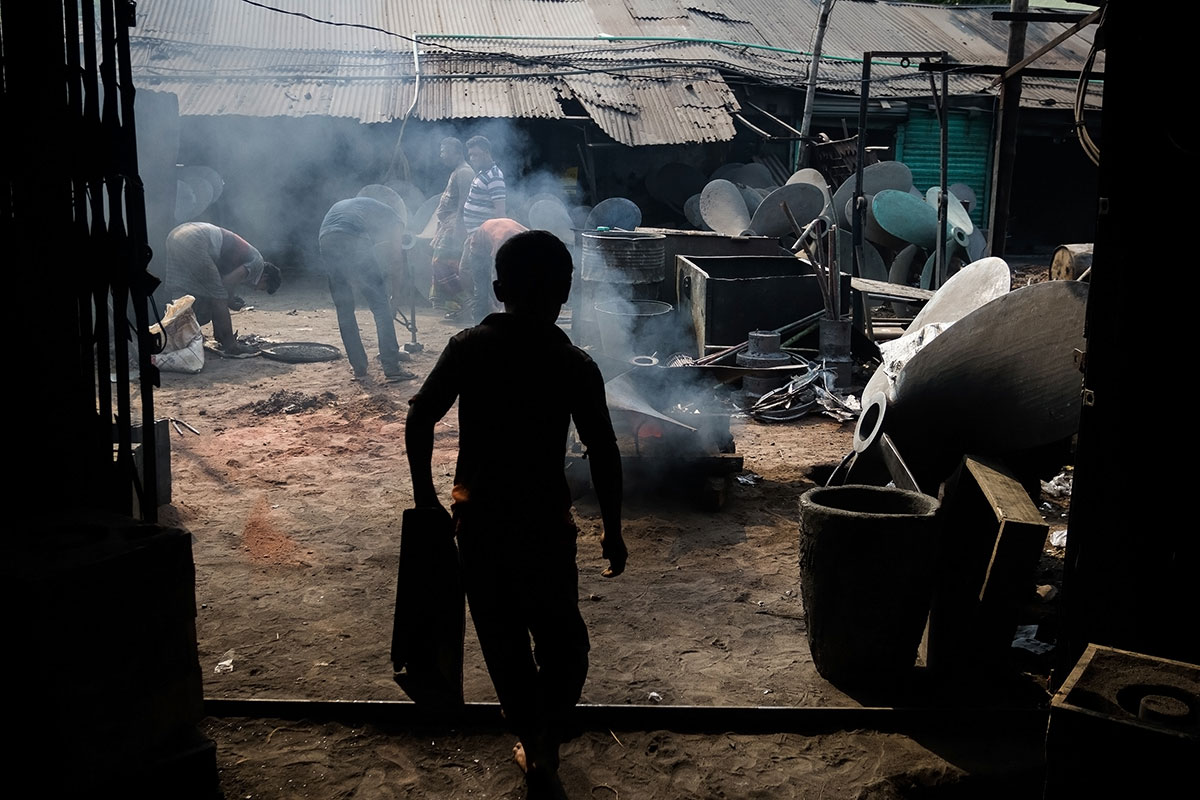
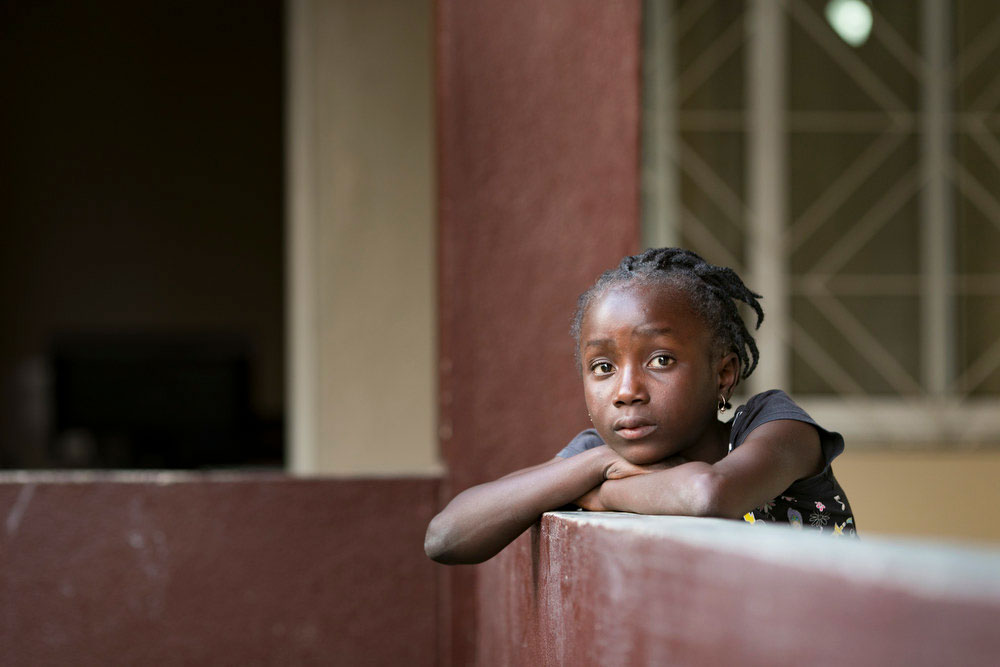
But most orphanages are exploiting this. There is now a strong demand for young children to be trafficked to orphanages to boost their tourism appeal. Now children are being taken from their homes and parents and are brought to orphanages for rewards.
Most of the time they are taken by people that they know, often it’s by their own family members.
As revealed in recent investigative reports, orphanage owners falsify stolen children's identification documents and place notices in the local newspapers with their new identities. If no one comes forward to claim the child, the government certifies them as an orphan and they begin their lives in exploitation.
It doesn’t take long for a child with a forged identity, or with no identity at all, to become lost in the vast system.
The effects of this practice are devastating for parents who try to reclaim their ‘orphaned’ children because if they have no identity, they can’t prove the child is theirs. And if a victim is ever lucky enough to escape, the fake identities can prevent them from ever reclaiming their lives.
But now the international community is beginning to recognise that this is a form of child trafficking. A resilient, non-alterable identity could help to address some of these problems and make it harder for recruiters to produce nameless children.
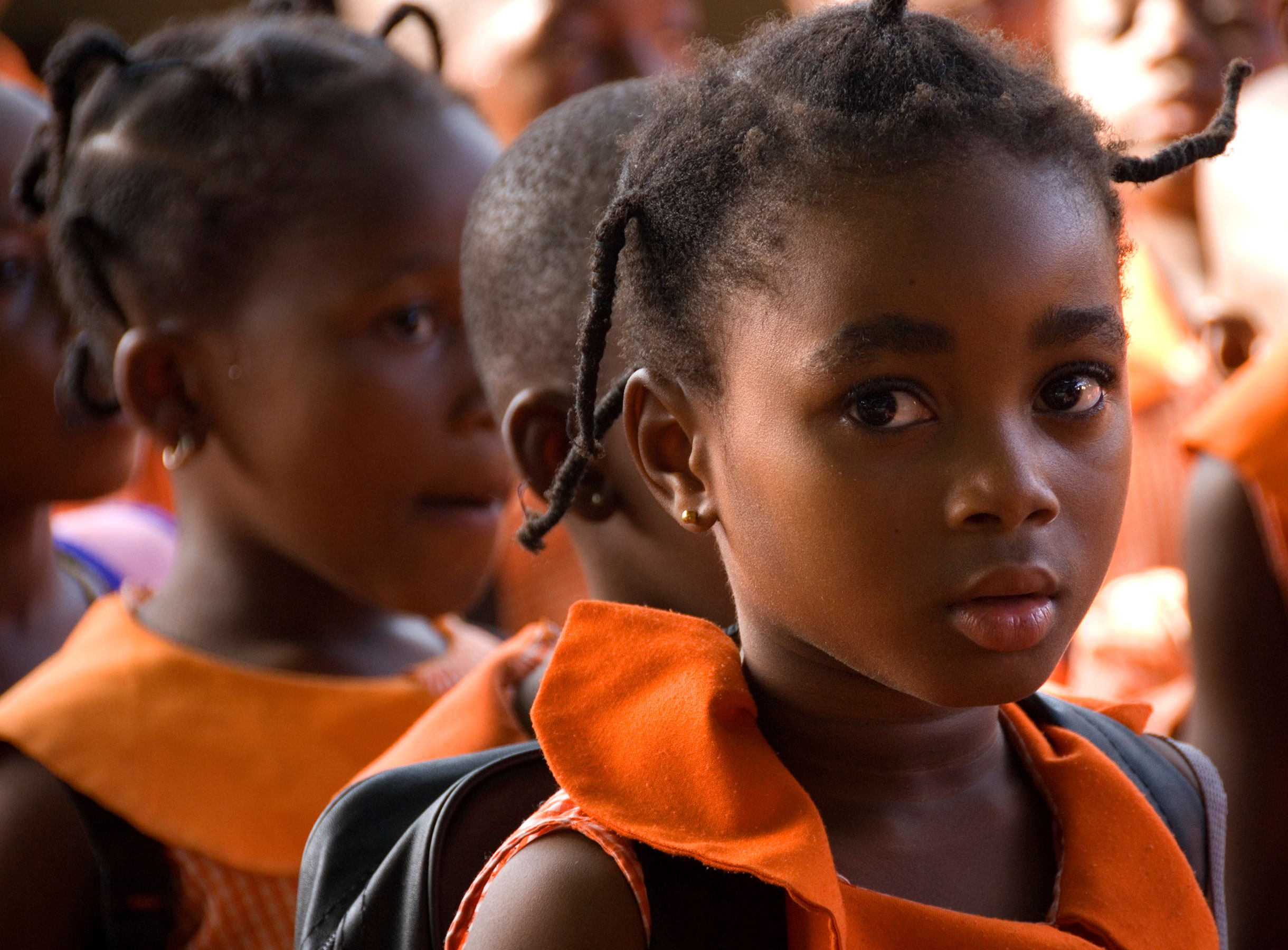
Adam's Story
Adam, an Eritrean, never had the chance to pursue education or a normal life due to the oppressive conditions in his homeland. Driven by desperation, he joined a large group, including many women, on a dangerous journey to escape Eritrea. They trekked through vast deserts on foot, without any vehicle support, enduring harsh conditions and uncertainty.
After nine days of walking, Adam's situation worsened when he reached Libya. There, he was forcibly taken one night to a warehouse. Stripped of his possessions, he and other detainees were instructed to pay a ransom of $4,500 or face brutal consequences. Those who couldn't pay were hung upside down, beaten, and subjected to cold water sprays. In the absence of water, their captors resorted to electrocution. This daily torture led to the death of many.
When Adam was given a phone to contact his family for ransom, he had no one to turn to; his parents were deceased, and his only brother was in England. He told his captors that he had nothing to lose, a statement that seemed to shift their approach. After 18 days, they released him without payment.
Adam's next goal was to reach the UK from Calais, but this too was fraught with challenges. He and his group repeatedly tried to cross the border but were always sent back by the police, who also took away any items they had. Despite being caught and beaten numerous times, Adam didn't give up on his hope to continue his education and create a meaningful life.
Tragically, a few months after sharing his story, Adam died at sea while attempting to cross La Marche. His journey, marked by resilience in the face of relentless adversity, is a stark reminder of the realities faced by many refugees.
Child Trafficking Victims of Libya
In a Libyan village, siblings Aminata and Suleiman lived a simple life. Their childhood was cut short one night when human traffickers descended upon their village. In a whirlwind of terror, the children were torn from their home and plunged into the shadowy world of human trafficking.
Their destination was a hidden detention center, a grim facility that marked the beginning of a harrowing journey into the depths of human cruelty. The center was a nexus in Libya's sprawling trafficking network, operating with a chilling efficiency. Here, human lives, including those of children, were traded like commodities.
Aminata and Suleiman witnessed the worst of humanity. The center, rife with abuse and exploitation, was especially perilous for women and girls, who faced unspeakable violations. Aminata, fiercely protective of Suleiman, was forced to mature beyond her years amidst these horrors.
Their bleak existence was interspersed with tales of captives sold to unknown fates and desperate families sending money, clinging to the hope of reunion. In this chaos, Aminata found an ally in Fatou, a fellow captive, who revealed the extent of the trafficking network and its entanglement with corrupt officials.
Driven by a desperate yearning for freedom, the trio plotted their escape. It was a perilous endeavor, fraught with risk, but it represented a glimmer of hope. Their escape was a testament to their bravery and resilience, as they navigated treacherous landscapes and evaded their pursuers.
Ultimately, their journey led them to a refugee camp, a sanctuary from their nightmarish ordeal. This camp, a haven for others with similar stories of escape, offered them a semblance of peace.
Now they begin a new struggle to reclaim their identities and reunite with their families.
"What is at stake is nothing less than the survival and well-being of a generation of innocents." - Antonio Guterres, United Nations Secretary-General
Get Updates About The Movie
-
Previous Story
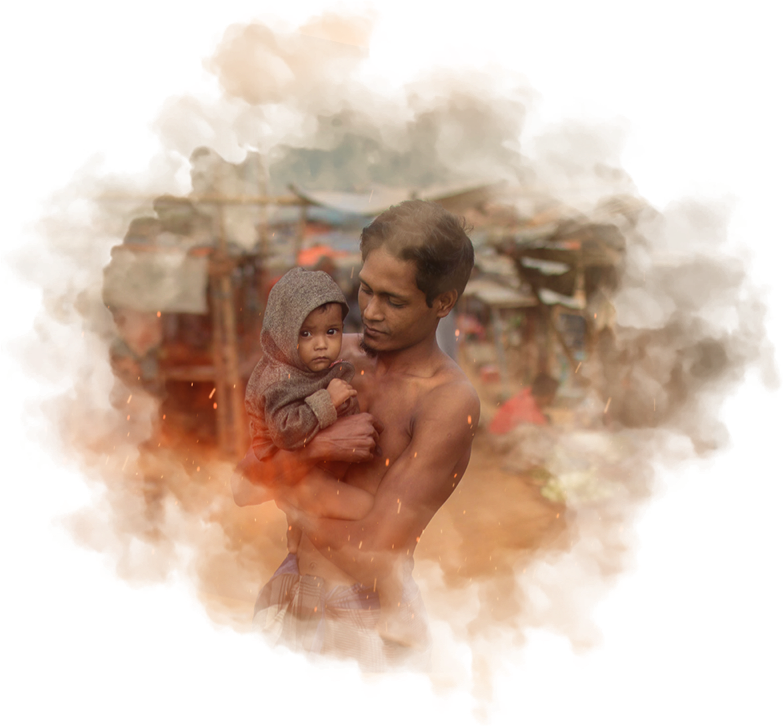
-
Next Story
